Before I became a stay at home Mom, clothespin maker, wife and country girl, I went to school to get my teaching certification. I taught in the public school for four years. It was an all-encompassing ministry and I loved it. But when we decided to have kids I transitioned into being a homeschooling Mom. For a couple years I also tutored and directed an educationally based afterschool program. I love to help kids learn. I REALLY love to help struggling kids get back on track.
One of the tools I use in assessment and teaching is Learning Styles. Learning Styles are simply different ways of learning. If I can pinpoint a child’s primary learning style I can teach a concept more effectively. This is especially important when doing remedial teaching/tutoring.
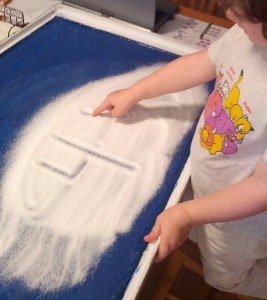
You have probably taken a personality test before. You know there are many around you that have similar personalities, but there are many more who are very different from you. If you were really interested in the idea, you may have asked yourself questions like: How can I relate to others better? How can I work with others better? Do I need to take my children to a childrens development center? How can I strengthen my weak areas? How can I use my strengths more effectively? If you took the same test several years later you may have found your percentages had shifted.
Learning Styles are similar. You have strengths and weaknesses connected to the way you most naturally learn. Many of those around you are going to have different preferred styles of learning. Remember… DIFFERENT IS GOOD. How boring would life be if we had all the same types of personality or preferred styles of learning. People who use distance learning have to think about this as well when they are studying since some might be able to learn using something similar to this flipped classroom software when a teach sending them information about their class, while others need a teacher in front of them. No matter what age we still have different ways of learning.
SO, let’s get into some details…
Three Learning Style Types:
Visual Learners
…learning through seeing
Visual learners need to see what is being taught so perhaps a spectrum computer would help them learn. Visual learners may think in pictures. They may place themselves in a part of the room with the least amount of visual distractions. They learn best through visual tools such as: illustrations, overheads, slide shows, hand-outs, note-taking and charts.
A Note: I have all my kids take notes despite their learning style preference. It will be a necessary skill for them to have in college.
Auditory Learners
…learn through hearing
Auditory learners need verbal components in order to learn. Written information may have little meaning until it is heard. They learn best through auditory tools such as: recordings, reading aloud, books on tape, conversation…
Tactile/ Kinesthetic Learners
… learning through, moving, doing and touching…
Tactile/Kinesthetic Learners learn best through touch. They need to actively explore the world around them through the sense of touch. These learners may find it hard to sit still for long periods of time due to their need to explore. Preschool children are typically strong Tactile/Kinesthetic learners.
Important Facts:
Now that I gave you all of this info… here is the kicker… we have preferred learning styles BUT the best way for someone to learn is by integrating all three styles. Here is why…
- Research shows that different learning styles use different parts of the brain. Therefore, when these styles are integrated you get a higher quality of learning.
- Learning Styles can be used independently or in combination, can change over time, and can become more fully integrated as a person gets older.
- Everyone has a mix of learning styles. Some have a dominant style and some use different styles in different situations.
What does this all mean?
For the individual…
Most of you already adapt the world around you to your prominent learning style…. and you also use a different combination of those styles depending on your situation. For example; I am a strong visual learner but I prefer to learn things like woodworking or gardening through a strong tactile experience.
-If you are a strong visual learner you may find ways to learn through videos. Instead of reading a manual you would much prefer watching someone perform the task though a YouTube video.
– If you are auditory you may often read something aloud when you need deeper understanding.
– If you are mainly a tactile learner, you probably prefer learning something hands-on by doing the task. You can learn how to change a tire but wouldn’t really know how without completing the task yourself.
Knowing your prominent learning style can help you make the task of learning more simple and effective. However, combining these styles can lead to a higher quality of learning. This information can be applied in a personal or professional setting.
These were my results:
Visual: 55%
Auditory: 30%
Kinesthetic: 15%
If I primarily used visual tools to learn I would do pretty well, but if I integrate all three styles those synaptic pathways have a party. Different parts of my brain are stimulated to create a deeper understanding and longer term memory storage.
For the Parent:
Knowing and understanding Learning Styles can deeply affect a parent’s approach to teaching their children. Keep in mind that even if your child is in public school, you are one of their primary teachers. Learning styles can be used to teach everything from Math to the steps needed in a child’s morning routine.
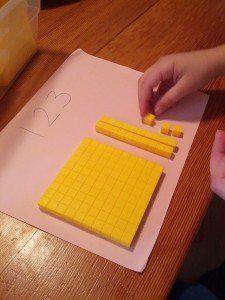
Base Ten blocks help a child have a visual and tactile understanding of place value. A vital concept that is a foundational piece to understanding math
Parents and Teachers…Keep in mind:
Just because your method didn’t work perfect the first time doesn’t mean you have failed.
You may be reading this thinking “I am not a teacher. I am not good at this…” You may not realize that you have some amazing skills! Even if you struggle with learning you have developed some amazing coping strategies to get you to this point. Don’t give up! Keep exploring. Keep asking questions.
Integrating Multiple Learning Styles
Schoolwork/Homework:
When your child is learning with you, match your child’s experience to their learning style, bring other styles into the learning experience AND don’t wait until they are struggling with the subject to do this.
Examples:
If your child is primarily a visual or tactile learner and is learning fractions go cut up an apple or any whole piece of food up into equal pieces. Hand them a couple pieces and ask them what fraction they have. Repeat with different section amounts. (Eat when done. ) This not only is tactile but visual and includes all the senses. Fractions are definitely a difficult numeracy problem to approach, but if this visual method doesn’t work, there are fraction worksheets, games and flash cards for you to try.
If your child is a tactile or visual learner have him/her write her spelling words on the pavement with chalk or on a window with dry or wet erase markers (vowels in one color and consonants in another color). I then have him/her erase the words by tracing them with a finger.
If your child is an auditory learner have them read homework aloud and discuss with them the answers. Have them read those letters on the window aloud.
Ask them to explain to you what they have learned. Pretend and act as if you don’t know the information. “If I was a new student in your class and I didn’t know this… how would you explain it to me? “
Adapt Household tasks
Example: Have a task list/ chore chart for the day or week.
Auditory : Have him/her go to the list and read it aloud before beginning.Visual/Tactile: Give them a way to mark off a task when complete.
It will save your sanity if you don’t have to repeat your list over and over.
When we do chore time I usually make a big list. Each kids chores are in a different color. When they are done with a task they can mark it off.
Teach through a hands-on and cooperative experience.
Hands on experiences with another person include all of the learning styles. They can touch, see and hear the experience. Most people find Science to be the easiest subject to make into a hands-on and cooperative experience… BUT….
You can make Language Arts cooperative through acting and music. Math can be created into a cooperative activity through story problem situations. Have a fence to build? Get your child involved. Don’t give them all the answers and help them figure out what you will need.
Play Games with a goal.
This does not have to be planned out and complicated. This can be as simple as giving your child a pile of random scrap wood, some nails and a hammer. (Don’t forget to give them paper and pencil in case they want to draw and plan their creation.) Don’t force them to plan first, but give it to them and see where they go with it.
This part is important… When they are done ask them about their creation, how they made it, if they learned anything in the process. This adds an auditory and social aspect to the project.
Even board games that involve strategy, patterns, spelling or counting can help your child learn.
Let your child lead.
You child’s style will be different than your own. This is one of my child’s results:
Visual – 25%
Auditory- 45%
Kinesthetic- 30%
Note that it is much different than my own.
You may have a completely different learning style preference than your child AND we have a strong tendency to teach in our own style. Resist the temptation to make them follow your way of doing things.
What works for one may not work for another…
Remember that each child is different. Don’t get frustrated when you have to take a new approach with a different child. Don’t throw that idea into a waste basket of ideas. It may work later too.
Talk to other parents and teachers… Create a network of others to brainstorm with. Have you ever seen one of those life hacks ideas and thought “Why didn’t I think of that?” Well, The same concept works with you and your child. If you are stuck on how you can teach something in a new way ask someone to brainstorm a new approach with you.
Here are some projects I have done with my kids over the years that involve all the learning styles.
Letter Book: I took a cheap scrapbook and every two pages is a new letter. We got a bunch of old magazines and cut out pictures that began with the letter. The girls glued them on. I wrote the word and highlighted the letter in the word we were focused on. We often read through the book or a couple pages aloud.
Even though two of my kids are avid readers they still love to flip through the pages.
Tactile Learning Table: This is a piece of plywood with edging. I covered it with paint mixed with sand. You can put sugar, sand, salt, whipped cream, or shaving cream on the surface for your child to trace on. For little ones start with prewriting skills like waves, arches and zigzags. Encourage sound effects 🙂
My girl refused to put her finger in the shaving cream so we use salt (really cheap at Costco).
Toddler Family Book: When my youngest was little we gave him this book for his 2nd birthday. It helped him become familiar with his long-distance family members.
The cover is made of wood and the pages are thick cardboard with scrapbooked pages. Each page is covered by a page protector.
Cooking: I LOVE cooking. This being said, sometimes it is hard for me to share the experience. However, I make sure I make the kids a regular part of the experience. Fractions, chemistry, science, problem solving… lots to learn.
Time to test it out:
If you would like to test you or your child’s learning style go to one of these links:
Online Assessment (My favorite because it gives you percentages and additional information:
http://www.educationplanner.org/students/self-assessments/index.shtml
This one is good too:
Online Printable Learning Styles Assessment for Children
http://www.schoolonwheels.org/pdfs/3121/Learning-Styles.pdf
Want to learn more?
Note: Some of these sites split the learning styles into more than 3 categories. I simply chose to keep it simple with three categories.
http://www.learning-styles-online.com/overview/
http://www.ldpride.net/learningstyles.mi.htm
http://www.mindtools.com/mnemlsty.html
Happy Learning,
The Frabjus Lady
Who is The Frabjus Lady ?
I would say just a normal person but what’s normal?
I live in the Pacific Northwest with My husband (The Screwy Carpenter) and our three kiddos. This last year we moved to a new home with several acres and are getting used to all the fun and work that comes with this new country adventure.
We recently started a business making handcrafted, heavy-duty clothespins. The Screwy Carpenter runs the manufacturing department while I head up the rest. If you had told me a couple years ago that we would be here, I would have looked at you a bit crazy. Though unexpected, I am loving it.
This cityfied country girl is becoming just a country girl. I have fallen in love with my garden and the sweet hummingbirds. I love the starry skies and the quiet when I walk out my door. Come Visit The Frabjus Lady and The Screwy Carpenter website to join our adventure.

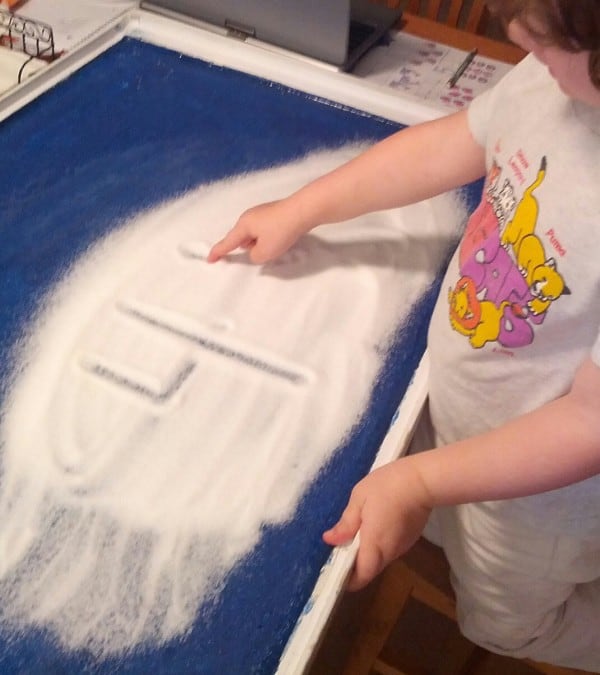
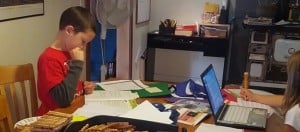
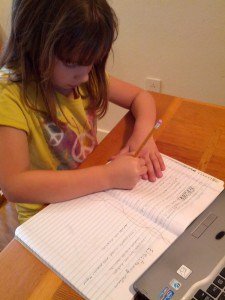

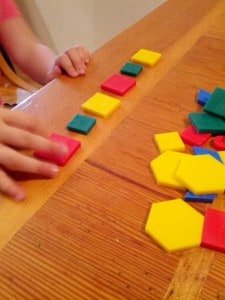
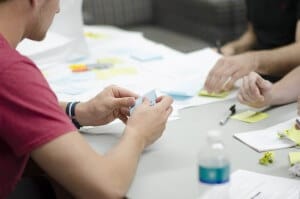

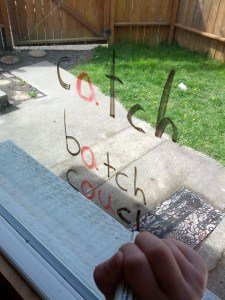

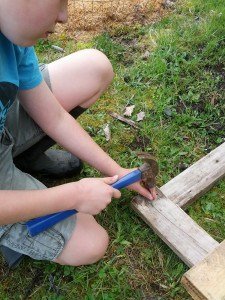

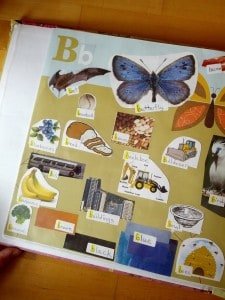
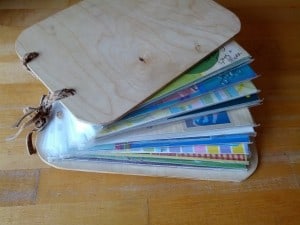

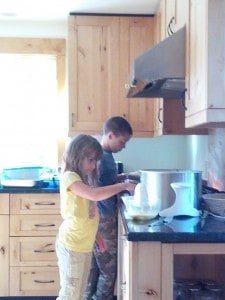
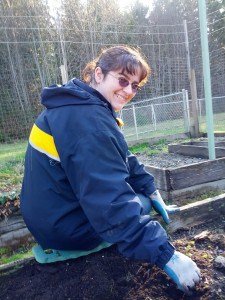

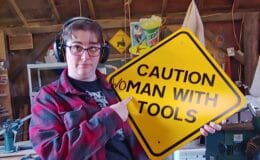

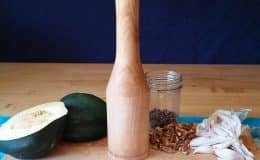

Leave a Comment